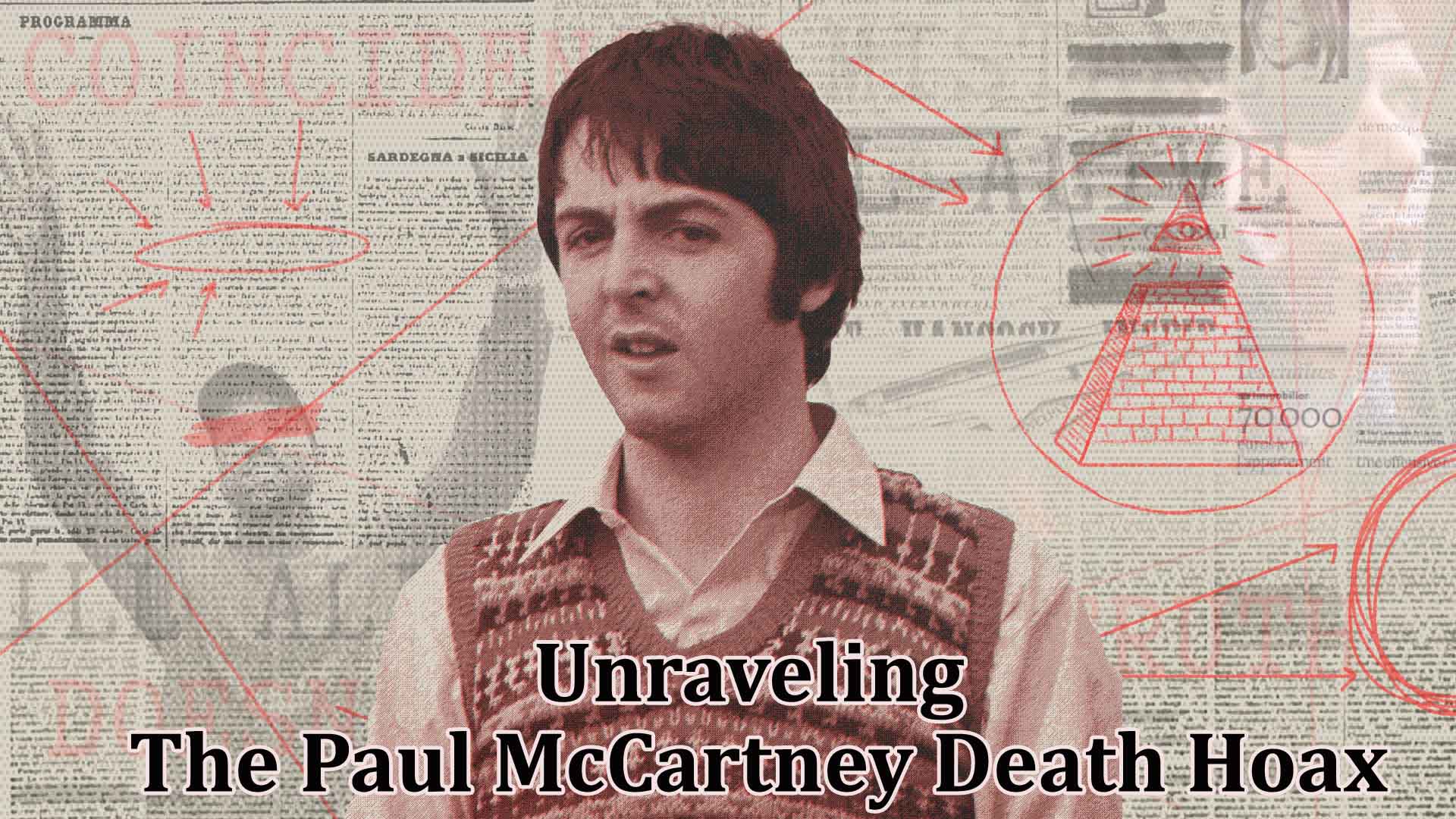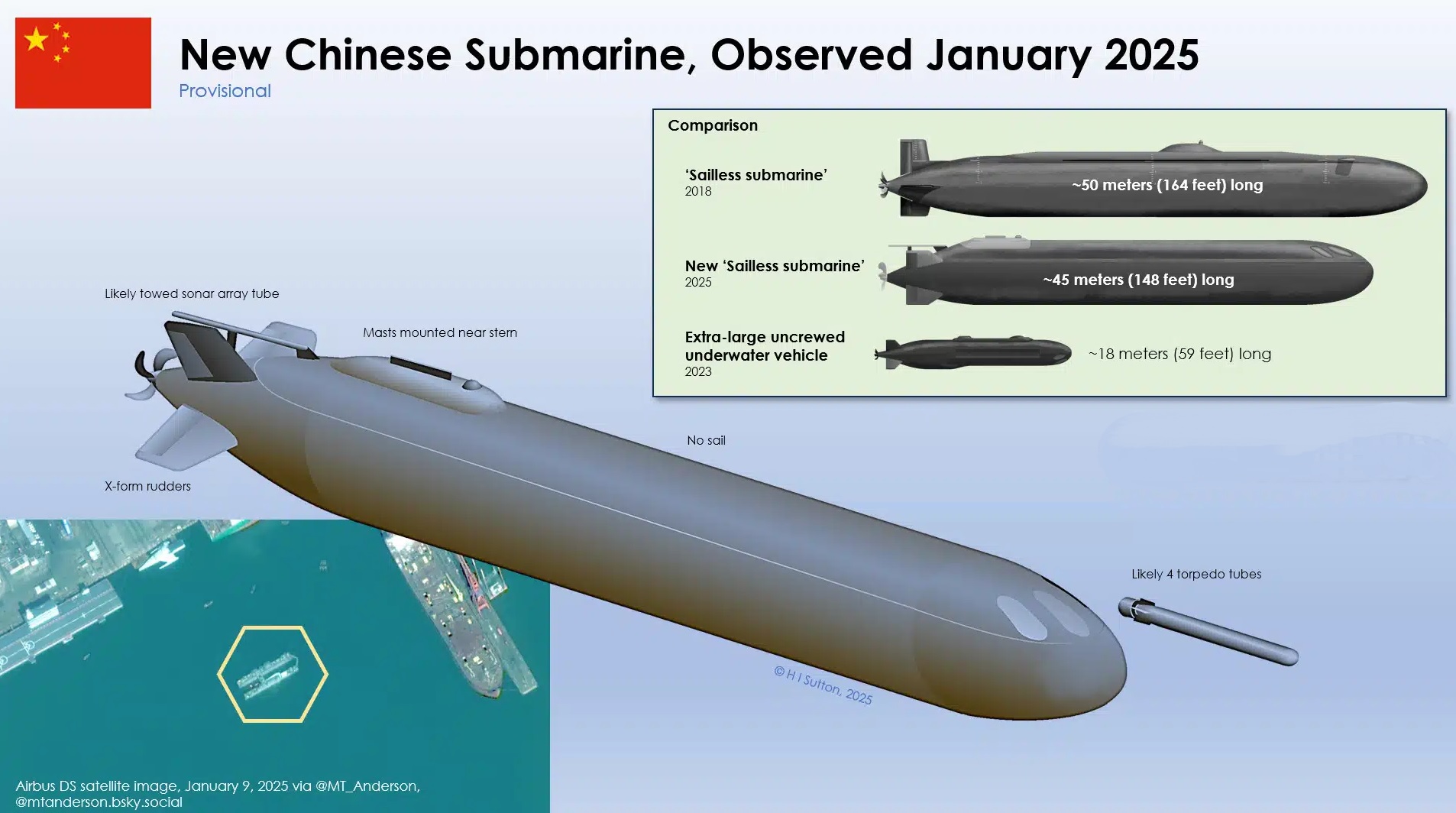Unraveling the Paul McCartney Death Hoax: Exploring Allegations, Evidence, and Cultural Impact

Mystery News
World
The Paul McCartney Death Hoax is a
legendary conspiracy theory that has captivated the imaginations of fans and
skeptics alike for decades. Stemming from rumors that began circulating in the
late 1960s, the theory suggests that Paul McCartney, legendary musician and
member of The Beatles, died in 1966 and was secretly replaced by a lookalike.
In this extensive report, we will delve
into the origins, claims, evidence, cultural impact, and enduring legacy of the
Paul McCartney Death Hoax.
Origins
of the Paul McCartney Death Hoax
The origins of the Paul McCartney Death
Hoax can be traced back to September 1969, when rumours of McCartney's alleged
demise began to spread among fans of The Beatles. The speculation gained
traction after a series of clues and cryptic messages were purportedly
discovered in the band's music and album artwork, fuelling speculation about
McCartney's fate. As word of the conspiracy spread, fans embarked on a quest to
unravel the truth behind the mysterious rumours, giving rise to one of the most
enduring myths in popular culture.
Key
Claims of the Paul McCartney Death Hoax
Central to the Paul McCartney Death Hoax are several key claims that form the foundation of the conspiracy narrative:
- McCartney's Alleged Demise: Proponents of the hoax contend that Paul McCartney died in a car accident or other tragic event in 1966, leading to the need for a replacement to preserve The Beatles' image and legacy. References to purported newspaper articles, radio broadcasts, and eyewitness testimonies are often cited as evidence supporting this claim, despite lacking verifiable sources or corroboration.
- "Clues" in Music and Album Artwork: Supporters of the hoax point to a series of alleged clues and hidden messages embedded in The Beatles' music and album covers, suggesting foreknowledge of McCartney's death and subsequent replacement. References to specific song lyrics, album titles, and visual imagery are interpreted as cryptic hints and symbolic references to the supposed conspiracy, although mainstream scholars dismiss these interpretations as coincidence or misinterpretation.
- Visual
Discrepancies and Changes in Appearance: Skeptics
of the official narrative point to perceived discrepancies in McCartney's
appearance and demeanor before and after the alleged date of his death. Changes
in facial features, height, and musical style are attributed to the presence of
a "Faul" (Fake Paul) impostor masquerading as the real McCartney,
although scientific analysis and biographical evidence contradict these claims.
Purported
Evidence and Anecdotal Accounts
Supporters of the Paul McCartney Death Hoax
cite a variety of evidence and anecdotes to bolster their claims:
- Analysis of Album Covers and Lyrics: Close examination of album artwork, song lyrics, and promotional materials from The Beatles' discography reveals purported references to death, rebirth, and the alleged replacement of McCartney. Symbolic imagery, cryptic messages, and visual anomalies are interpreted as evidence of a deliberate attempt to convey hidden meanings to attentive listeners and fans.
- Eyewitness Testimonies and Insider Accounts: Anecdotal accounts from individuals claiming to have insider knowledge or personal connections to The Beatles corroborate the existence of a conspiracy to conceal McCartney's death and replace him with a doppelganger. References to studio insiders, industry executives, and close associates of the band suggest a clandestine operation orchestrated to maintain the illusion of McCartney's continued presence in the group.
- Comparison
of Vocal and Musical Style: Some proponents of the
hoax argue that discernible differences in McCartney's vocal delivery,
songwriting style, and musical preferences before and after 1966 provide
further evidence of a switcheroo. Alleged discrepancies in artistic expression,
creative output, and public persona are cited as indicators of an imposter
attempting to emulate McCartney's distinctive traits and mannerisms.
Critiques
and Debunking of the Paul McCartney Death Hoax
Despite its enduring popularity, the Paul McCartney Death Hoax has been met with skepticism and criticism from skeptics, scholars, and biographers:
- Lack of Concrete Evidence: Critics of the hoax argue that the evidence supporting McCartney's alleged demise and replacement is largely circumstantial and speculative, lacking verifiable sources or empirical support. Allegations of newspaper articles, radio broadcasts, and eyewitness testimonies remain unsubstantiated, relying on hearsay and conjecture rather than factual documentation.
- Coincidence and Misinterpretation: Many of the alleged clues and cryptic messages attributed to The Beatles' music and album artwork are dismissed as coincidence or misinterpretation. The human tendency to perceive patterns and meanings in random stimuli, known as pareidolia, may explain the emergence of supposed clues and hidden meanings where none exist, leading to false conclusions and erroneous interpretations.
- Biographical
Continuity and Consistency: Biographical evidence
and historical records corroborate the continuity and consistency of
McCartney's life and career before and after the alleged date of his death.
Detailed timelines, interviews, and archival materials document McCartney's
ongoing presence in The Beatles and subsequent solo endeavors, refuting claims
of a secret replacement or impostor masquerading as the real McCartney.
Cultural Impact and Enduring Legacy
The Paul McCartney Death Hoax has had a
profound impact on popular culture, influencing music, literature, film, and
media discourse:
- Legacy of Conspiracy Culture: The enduring popularity of the Paul McCartney Death Hoax reflects broader trends in conspiracy culture, where skepticism towards official narratives and fascination with hidden truths fuel the proliferation of alternative explanations and speculative interpretations. The myth of McCartney's alleged demise continues to inspire curiosity, debate, and creative expression among fans and scholars alike.
- Cultural Iconography and Symbolism: References to the Paul McCartney Death Hoax abound in popular culture, permeating literature, film, television, and online media. The myth has become a cultural touchstone, symbolizing the power of rumor, the allure of mystery, and the enduring legacy of The Beatles' music and mythology. From parodies and pastiches to serious investigations and academic analyses, the hoax continues to captivate audiences and spark curiosity.
- Impact
on McCartney and The Beatles: Despite persistent
rumors and speculation, Paul McCartney and The Beatles have weathered the storm
of controversy surrounding the death hoax, continuing to produce music and
maintain their status as cultural icons. While the conspiracy theories may have
added an extra layer of mystique to their legacy, they have not overshadowed
the band's musical achievements or cultural impact.
Editor’s
Thoughts: Unraveling the Myth
In conclusion, the Paul McCartney Death
Hoax stands as a testament to the enduring power of conspiracy narratives in
popular culture. Despite lacking concrete evidence and empirical support, the
myth of McCartney's alleged demise continues to captivate the imaginations of
fans and skeptics alike, fueling speculation, debate, and creative expression.
By critically examining the origins, claims, evidence, critiques, and cultural
impact of the Paul McCartney Death Hoax, we gain insight into the complexities
of conspiracy culture and the enduring allure of mystery and speculation in the
digital age.



